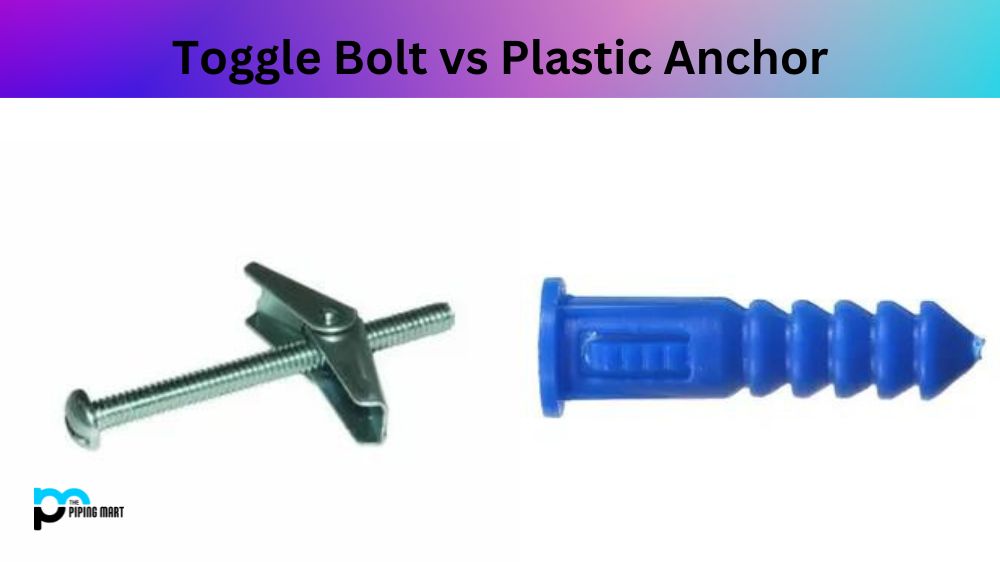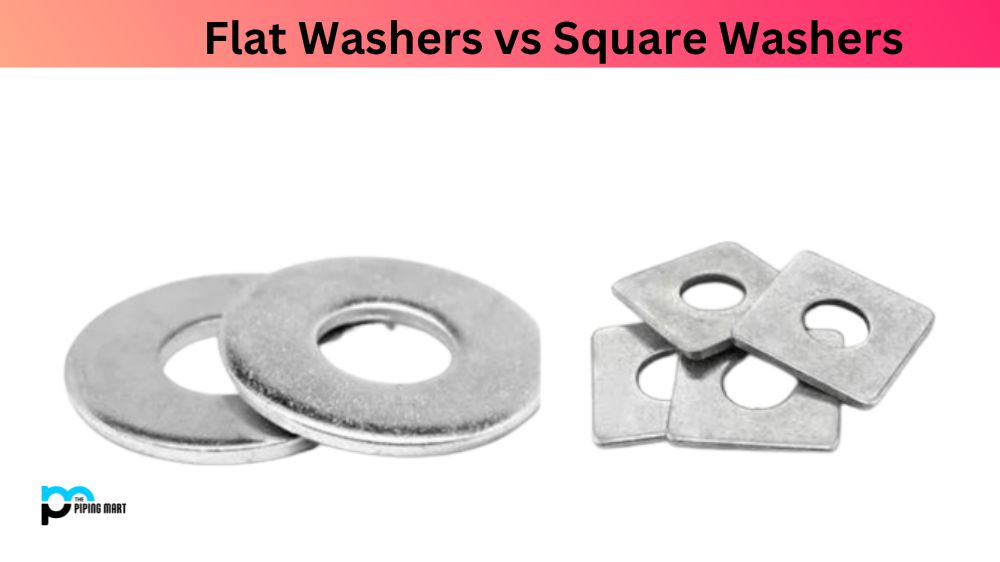If you plan to hang something on your walls, you’ll need to attach it to a solid base. The traditional way to do this is by using a nail or a screw. However, if you need clarification about the strength of your wall or hanging something heavy, you’ll need something more substantial. That’s where toggle bolts and plastic anchors come in. In this blog post, we’ll explore the differences between these two types of hardware.
What is Toggle Bolt?
Toggle Bolt is a fastener that securely attaches components to hollow walls such as drywall, plasterboard, and masonry. It features a spring-loaded toggle which expands when the machine screw is tightened, providing maximum holding power in drywall. Toggle Bolts are generally made from steel and come in various sizes that accommodate different wall thicknesses.
What is Plastic Anchors?
Plastic anchors are a type of fastening used to secure one material to another. They can be used in various applications, including hanging pictures, mounting shelves, and securing wall fixtures. Plastic anchors come in various sizes, shapes, and colours and are usually made from plastic or nylon that is injection-molded into its final form once manufactured. The anchor size is based on the hole diameter that needs to be drilled for installation. When selecting an anchor for your application, choosing an anchor with appropriate holding power is important for the materials being fixed together.
Difference Between Toggle Bolt and Plastic Anchors
Materials
Toggle bolts are made of metal, typically zinc-plated steel. They consist of a bolt with a spring-loaded mechanism and a wing or toggle that opens up behind the drywall when the bolt is tightened. Plastic anchors, on the other hand, are made of plastic. Typically, they’re made of nylon or polypropylene, which are lightweight and durable. They come in different shapes and sizes, depending on the weight of the object you’re hanging.
Use
Toggle bolts are great for hanging heavy objects like shelves, frames, and mirrors. They can hold up to 100 pounds, depending on the bolt’s size and the drywall’s thickness. They’re more secure than plastic anchors because they spread the load over a larger area. However, they’re harder to install, and you’ll need a drill to make the initial hole. Also, they need to be more suitable for hollow walls.
Plastic anchors are ideal for light to medium-weight objects, such as picture frames, posters, or small shelves. They’re easy to install – you only need a hammer and a screwdriver. They create a tight fit between the screw and the plastic, which expands as the screw is driven in. However, they’re less strong than toggle bolts and can pull out if overloaded. Also, they’re unsuitable for heavy objects, as the weight can cause them to deform or break.
Cost
Toggle bolts are more expensive than plastic anchors. A pack of 10 toggle bolts can cost around $10-$15, while a pack of 100 plastic anchors can cost $5-$10. However, toggle bolts are reusable, so you can unscrew the bolt and reuse it elsewhere if you need to remove the object. On the other hand, plastic anchors are one-use-only, so if you need to remove the object, you’ll have to replace the anchor.
Aesthetics
Toggle bolts are visible as they protrude from the wall. They’re available in different finishes, such as silver, gold, or black, so you can choose the one that matches your decor. Plastic anchors, on the other hand, are hidden, as they’re flush with the wall once the screw is in. However, they come in limited colours, usually white or beige, so they may not blend in with your wall.
Environment
Plastic anchors are more eco-friendly than toggle bolts, as they’re made of plastic, which is recyclable. On the other hand, toggle bolts are made of metal, which can be challenging to recycle. Also, toggle bolts require more energy to produce and transport than plastic anchors, so they have a higher carbon footprint.
Conclusion:
In conclusion, toggle bolts and plastic anchors serve different purposes, depending on the weight of the object you want to hang, the type of wall you have, and your personal preferences. While toggle bolts are stronger and more secure, they’re also harder to install and more expensive. Plastic anchors are easier to use, cheaper, and more eco-friendly but are less strong and durable. As with any hardware, it’s important to choose the right one for your needs and follow the manufacturer’s instructions carefully. Happy hanging!

A passionate metal industry expert and blogger. With over 5 years of experience in the field, Palak brings a wealth of knowledge and insight to her writing. Whether discussing the latest trends in the metal industry or sharing tips, she is dedicated to helping others succeed in the metal industry.




